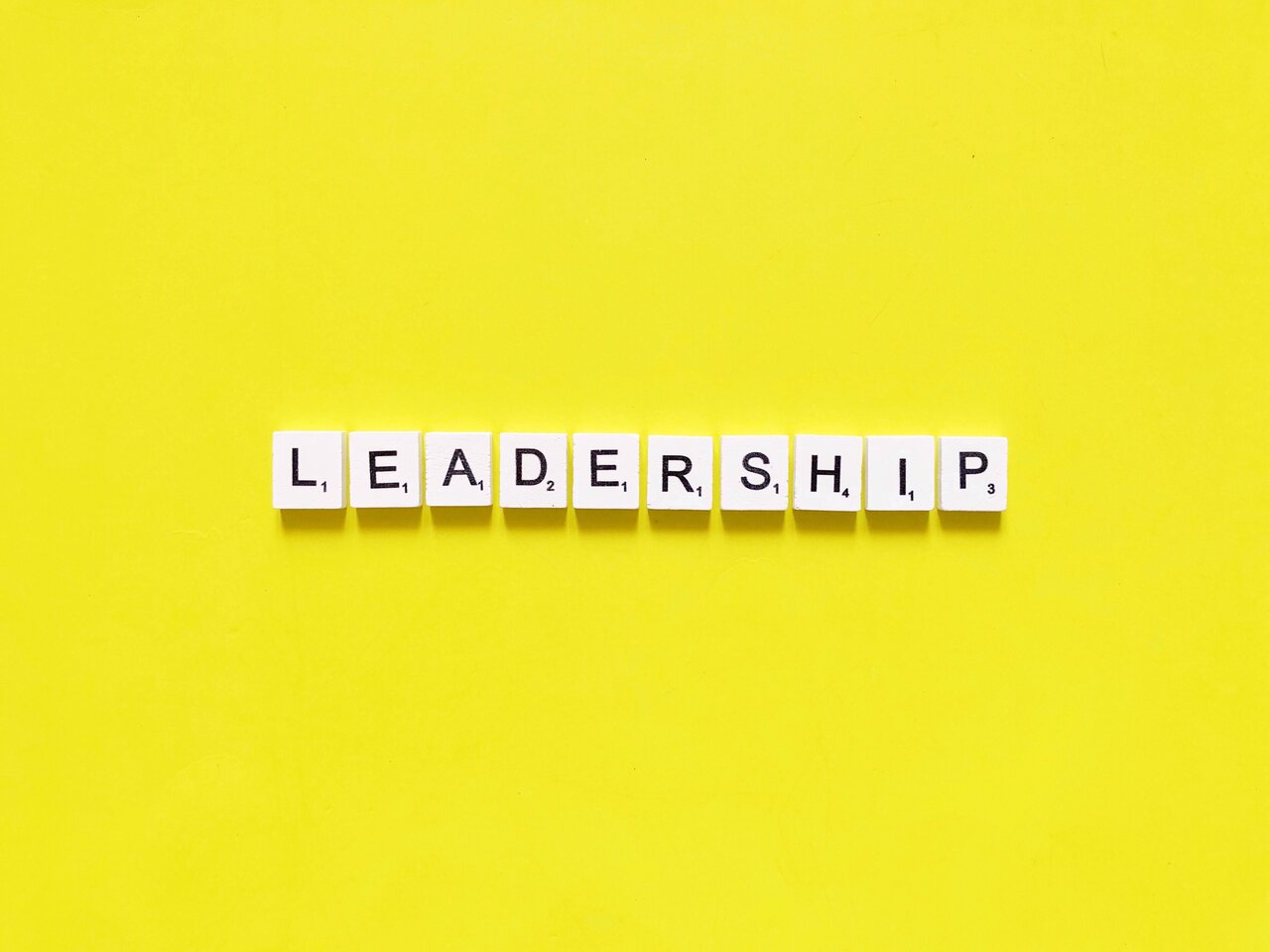
The midlife crisis is an often-tumultuous transitional stage that generally occurs between the ages of 35 and 55. This pivotal period of life is generally characterized by a profound reappraisal of personal choices, meaning in life and professional direction.
Some feel that the seemingly good career choices they made in the past have now become irrelevant, while others take advantage of this period to reassess their priorities and embark on new challenges. Read on to find out more about the mid-life crisis and the career opportunities available to you during this period.
What is a midlife crisis?
The midlife crisis is a concept introduced by Canadian psychoanalyst Eliott Jacques in 1965. According to him, this period translates into an awareness of one’s own mortality, i.e. death is no longer an abstract concept or applied to someone else, but becomes a personal matter.
This is a stage in life when the “midlifer” is questioning their ideas, relationships, work, etc. They have the desire to change but don’t have a clear vision of their future. This existential crisis can be triggered by major events such as losing your job, a breakup, a loved one passing away or simply questioning where your life is headed. The repercussions of a midlife crisis vary from person to person. It can take the form of temporary depression or more serious psychological problems.
What are the symptoms of a midlife crisis?
Dissatisfaction and questioning
People experiencing a midlife crisis may feel dissatisfied with their current life, including their professional career. They may question past choices and wonder if they’re on the right track.
Quest for Meaning and Purpose
A search for deeper meaning in life is becoming a major preoccupation. Individuals may feel a need to find a greater purpose, whether in their personal or professional lives.
Doubts About Oneself and One’s Achievements
During this period, doubts often arise about past skills, achievements and successes. Individuals may wonder whether they are living up to their own expectations.
Sense of Loss
A mid-life crisis can also be accompanied by a sense of loss, whether of youth, career opportunities or unfulfilled dreams. Individuals may feel nostalgic for the past, and find it difficult to accept the irreversible changes that come with age.
Desire for change
The midlife crisis is often associated with a desire for change in all aspects of one’s life (buying a new car, a new wardrobe, a new house, etc.);
Psychological disorders
A person experiencing a midlife crisis may manifest psychological disorders of varying degrees of severity:
- Great weariness and a feeling of despondency;
- Strong irritability with those around him;
- A feeling of oppression;
- Feelings of anger, even violent outbursts;
- Feelings of depression, loss of motivation and malaise;
- Anxiety and sleep disorders;
- Etc.
Signs of a midlife crisis in men
- The forty-something man may tend to seduce younger women to cope with the feeling of early old age. To do this, he renews his appearance, his car and even his behaviour.
- He becomes harder on those close to him, provokes others and argues.
Signs of a midlife crisis in women
- Menopause and the hormonal changes associated with it can cause hot flashes, headaches, reduced libido, memory and concentration problems, and so on.
- The woman experiences a feeling of anguish when her children leave the parental home;
- She finds more time to take care of her beauty and her private life.
Why are emotional intelligence tests important?
How do you overcome a midlife crisis?
Accepting the Crisis
It’s important to accept and acknowledge the emotions you feel during this critical period, whether they be confusion, frustration, sadness or anxiety. This helps you put in place an effective coping strategy. By refusing to face up to such a situation, you run the risk of feeling discouraged and, in the long term, experiencing depression that .
Taking a Step Back
The midlife crisis may be associated with other social or personal problems. So you need to better understand the origin of each ailment. Stepping back from the decisions you’ve made during this period is also crucial. Remember that the consequences of certain decisions can have an impact on the rest of your life. Generalized second-guessing is to be avoided. Take time to reflect on your values and goals. Ask yourself what’s really important in your life. This will help you make more informed decisions.
Seeking Support
Communication is the best way to get out of a crisis. Don’t hesitate to discuss your concerns and emotions (anxiety, fear, disappointment, exhaustion, disillusionment, etc.) with a close relative or trusted friend. The experience of people who have lived through a midlife crisis can provide a different perspective and invaluable moral support.
Get Help From a Therapist
A mental health professional or life coach can help you determine the real reasons for your midlife crisis. They can guide you toward appropriate treatment methods and provide personalized follow-up.
Explore New Opportunities
A midlife crisis can be a time to explore new opportunities. Life is constantly evolving, and being open to change and adjustment helps you regain a sense of fulfillment.
Taking Care of Yourself
Neglecting your physical and mental well-being can make the midlife crisis even more complicated. Make sure you take care of yourself by adopting a healthy lifestyle and engaging in activities that bring you relaxation and pleasure.
How do you choose a new career?
The midlife crisis can be an opportunity to start a new professional career. There are several reasons for this:
- Want to change your work routine;
- Want to develop your skills to maintain your self-confidence;
- Want to start your own business and become independent;
- Financial and social stability that allows you to take risks;
- Sufficient physical and mental capacity.
Here are some practical tips for choosing a new professional career after the age of 40:
Consider your passions and interests
Think about what motivates you. Identify the areas in which you enjoy working and which give you a sense of fulfillment. Taking a career interest test can also be a quick and valid way of clearly identifying your career interests. You may be surprised at just how interesting certain jobs can be for you.
Take the ID-Career test
Assess your skills
Review your skills, knowledge and experience acquired over the years. Identify the professions in which you excel and the skills you’ve acquired that you could use in a new career. Don’t underestimate the expertise you’ve built up over the years.
Do Some In-depth Research
Find out about the different career options that match your passions and skills. Carefully examine job descriptions, requirements and prospects. This will help you choose the path that’s right for you.
Talk to HR Management
You can negotiate a new position within your company with your human resources department. Internal mobility allows you to explore new avenues without changing your working environment.
Why do employers use personality tests?
Develop your skills
Find out about continuing education and retraining programs that align with your expectations. For example, training in information technology (IT) is necessary for many sectors to remain competitive in the job market.
Create your own company
Self-employment offers a distinct professional experience:
- Increased sense of responsibility: as an entrepreneur, you are responsible for your own professional success. This can be both stimulating and rewarding;
- Flexibility: self-employment allows for better time management and a break from the routine of regular working hours;
- Versatile skills: as a company manager, you can handle a wide range of tasks (commercial, administrative, technical, accounting, etc.);
- Opportunity for innovation and creativity: you have more freedom to implement your ideas and experiment with new approaches. It can be exciting and rewarding.
To find out more about your interests and your chances of success in entrepreneurship, take the ID-Entrepreneurship test.
Take a career test
Specializing in the development of psychometric tests, HRid offers you the ID-Career test. It includes over 200 multiple-choice questions to determine your professional interests and level of compatibility with the desired position.












Recent Comments